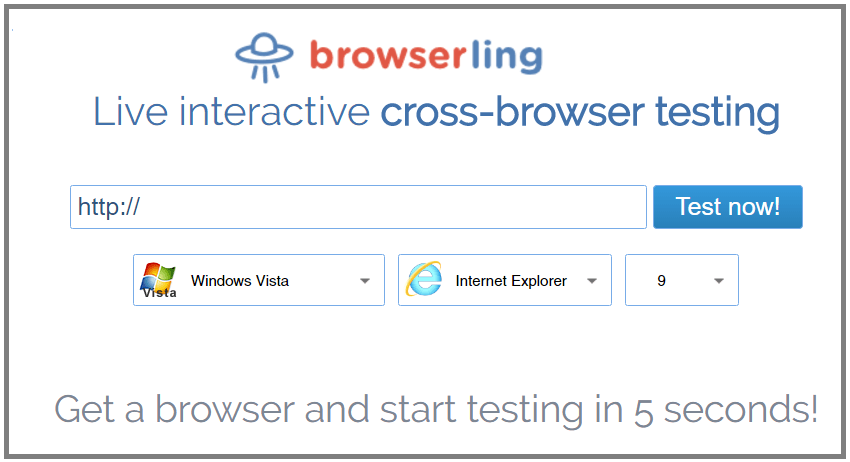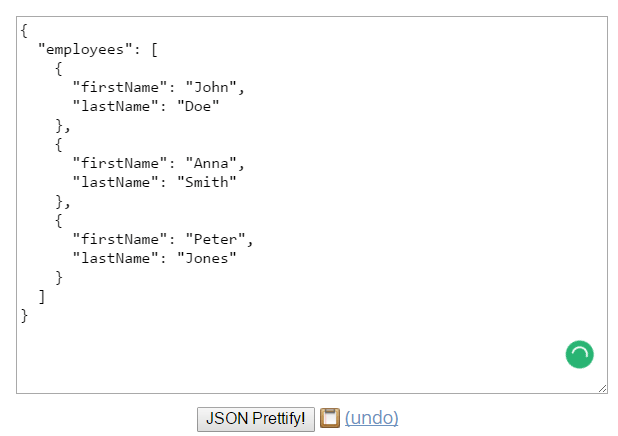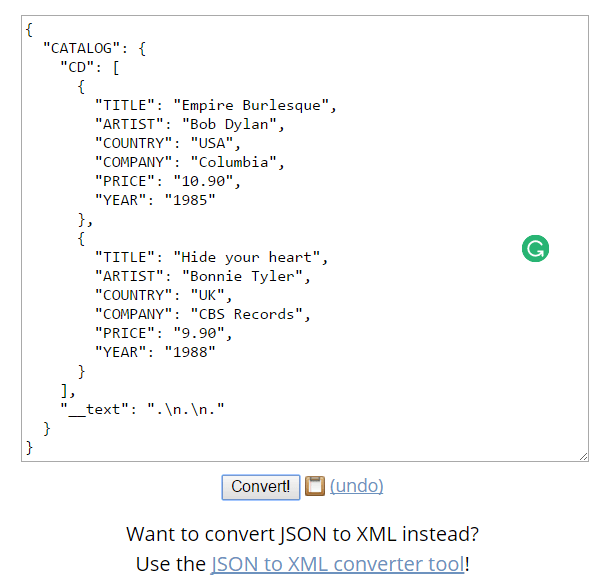As a Big Data developer, I have always tried finding tools related to Big Data and Hadoop. Recently I was looking at Browserling and found it has many tools that may help Big Data developers and analysts.I have explored some of their tools and was very impressed with their Web tool which will certainly help Data Analysts.

But before moving ahead and letting you know how you can connect Big Data with the programmers’ tools of Browserling, let me give you some basic overview about Browserling.
What is Browserling?
Browserling is a cross-browser testing platform enabling web developers to test their design for the responsiveness.
It will give you same feel and accuracy while testing which you will get with a real browser. You can start with Browserling for free, but if you need all the features and more flexibility, you will have to subscribe to any premium plans.
From URL encoding tools to code and format conversion tools, Browserling has an array of multipurpose tools that often come handy when a developer finds a sudden bug in his code. You can even do Internet Explorer testing with Browserling without installing different Windows versions.
Browserling Web Tools
Apart from the amazing cross-browser testing platform, Browserling also provides numerous tools for the developers, and many of those are too handy and useful.
Here are the kinds of tools provided by Browserling:

Although many of these tools like Web Tools, Text Tools, Password Tools, etc. can be helpful to you being a Big Data resource I will be mainly focusing here on Web Tools.

Below are the available Web Tools by Browserling-
I am personally using some of these tools like tools related to JSON tools which helps me to remove the unwanted string from the JSON files.
Json Prettify
Many times the JSON file we receive contains the unnecessary lines and so this tool will be very much helpful to you.
Let’s say I have the JSON file like below:
{"employees":[
{"firstName":"John", "lastName":"Doe"},
{"firstName":"Anna", "lastName":"Smith"},
{"firstName":"Peter", "lastName":"Jones"}
]}
Just put this in Json Prettify tool and it will give you the understandable version of it:

Just click the button and see the result:

You can also undo the result of any error or if you are not satisfied with the result.
Similarly, you can also try their other tools and can make your input and raw data customized and convert into a readable format.
There is one more tool which I am frequently using is the converter below.
Convert XML to JSON
Let’s say we get an XML file which we are unable to process due to the limitations. The best we can do is, just convert the XML to JSON and then process using any available tool like MongoDB.
Let’s say we have the XML file like below-
<?xml version="1.0" encoding="UTF-8"?>
<?xml-stylesheet type="text/css" href="cd_catalog.css"?>
<CATALOG>
<CD>
<TITLE>Empire Burlesque</TITLE>
<ARTIST>Bob Dylan</ARTIST>
<COUNTRY>USA</COUNTRY>
<COMPANY>Columbia</COMPANY>
<PRICE>10.90</PRICE>
<YEAR>1985</YEAR>
</CD>
<CD>
<TITLE>Hide your heart</TITLE>
<ARTIST>Bonnie Tyler</ARTIST>
<COUNTRY>UK</COUNTRY>
<COMPANY>CBS Records</COMPANY>
<PRICE>9.90</PRICE>
<YEAR>1988</YEAR>
</CD>
.
.
.
</CATALOG>
Just put into the tool, and you will get the JSON file like below-

Conclusion
Browserling is an amazing gift to all the web designers, developers, and programmers. So far almost all their tools are free to use, and you can take a maximum of their tools. For more details, you can also check Browserling Review.
Do try the file conversion and prettifier if you are working on Hadoop as many times we receive weird files to process.
Try the Browserling tools and share your feedback as for how it helped you.




Hi blogger ! I read your blog everyday and i must say you have hi quality content here.
Browserling seems to be a promising tool.
Loved the comic part 🙂
Hallo Saskia,
I agree to you. The tool really looks promising.
This was a great post.
Appreciate it.